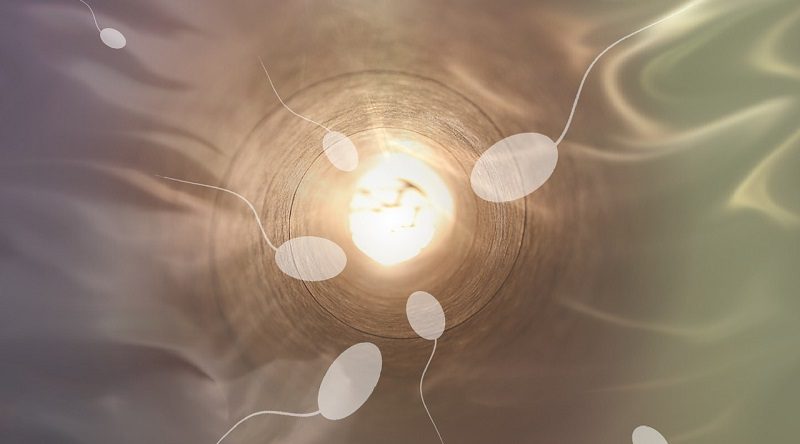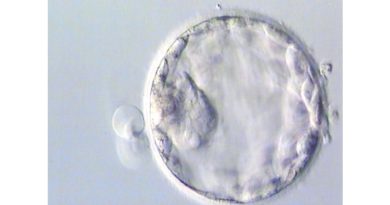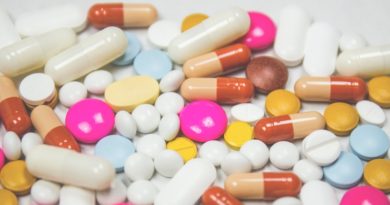Blog: IVF#3 – The Egg Collect and Attempting to Create Life…
Following on from Jane’s previous blogs see how her IVF journey progressed…
Read Jane’s first IVF blog here. Read Jane’s second IVF blog here.
36 hours after the trigger injection I was back at the clinic, in a charming white gown, hairnet and under sedation.
The process of egg collection is very straight-forward and quick. Whilst I was in the theatre having the eggs harvested, Alex ensured he supplied his all-important contribution by spending some time in a relaxing room designed for the business at hand.
The sedation did not knock me out, but it did make me forget and ensure I was not in any discomfort. So, I could walk to the theatre and back and chat merrily with the nurses.
As the sedation wore off, I apparently asked Alex for some colouring crayons to do some drawing – with none available I used my finger to draw in the air. Not my normal behaviour but not too disgraceful.
With sperm and eggs collected, the process of fertilisation could begin. This experience had been positive and uplifting – the process was finally underway!
Last time I underwent the egg collect for our previous IVF treatment, I had not reacted well to the egg collection. For days afterwards I was in discomfort and struggled to do very much at all. This time they had changed the process from collecting the eggs via a ‘flush’ method’ to a ‘single needle egg extraction’ method.
This change of procedure helped me as I simply had period-like pains following the process rather than the huge discomfort I had experienced before.
The clinic collected 16 eggs and the process of fertilisation began in their lab. Half of the eggs were to be given IVF treatment where the sperm and egg are mixed together in a petri dish – which we were successful with last time – and the other half would be given ICSI treatment (where the sperm is injected into the egg).
The only remaining medication I needed to take was a cyclogest pessary every day – a progesterone supplement to make the uterus as enticing as possible for pregnancy conditions. The waiting game began.
After 24 hours the clinic’s embryologist called with an update. Out of the 8 eggs that had been given traditional IVF treatment only 1 had fertilised, but fertilised abnormally and could not be used.
This was sickening news, but in the next breath the embryologist imparted that the ICSI eggs had responded well, with 6 of the 8 eggs all fertilised successfully.
We breathed a huge sigh of relief at this very uplifting news.
Of course this was a great start, but the next 36 hours were crucial. Now all we could do was wait and see how the eggs progressed.
Another 24 hours later all 6 eggs had progressed to ‘cleavage embryos’. Fantastic! At this rate we felt we may even have some embryos to freeze for later IVF treatment to use if this cycle was unsuccessful.
The embryologist wanted to monitor them for a further day and so the egg transfer back to the uterus would be on day 5.
On day 4 we were told 4 of the 6 eggs had moved to the ‘blastocyst’ stage with their cells multiplying, but 2 of the 4 were progressing slowly. Of the other two, one was ‘peachy’ (as good as they could expect) and one was strong but a little fragmented.
Although the amount of eggs had vastly reduced it was still fantastic news, but then the reality hit home. Although 4 were progressing, only 1 (the strongest) was of the correct grade to be transferred back into my uterus. The other three had not reached the required grade to be returned or frozen…if they did not progress they would simply not survive.
So, the reality was that unless some of the remaining 3 eggs made superb progress over night, we had one blastocyst. One is all it takes, and yet it left us with no fall back option of freezing an egg in case the pregnancy didn’t work. So from the glut of 16 eggs just one precious egg had so far fought through.
The following day would be day 5 – blastocyst transfer day – and as we attempted to sleep, Alex and I crossed our fingers…



